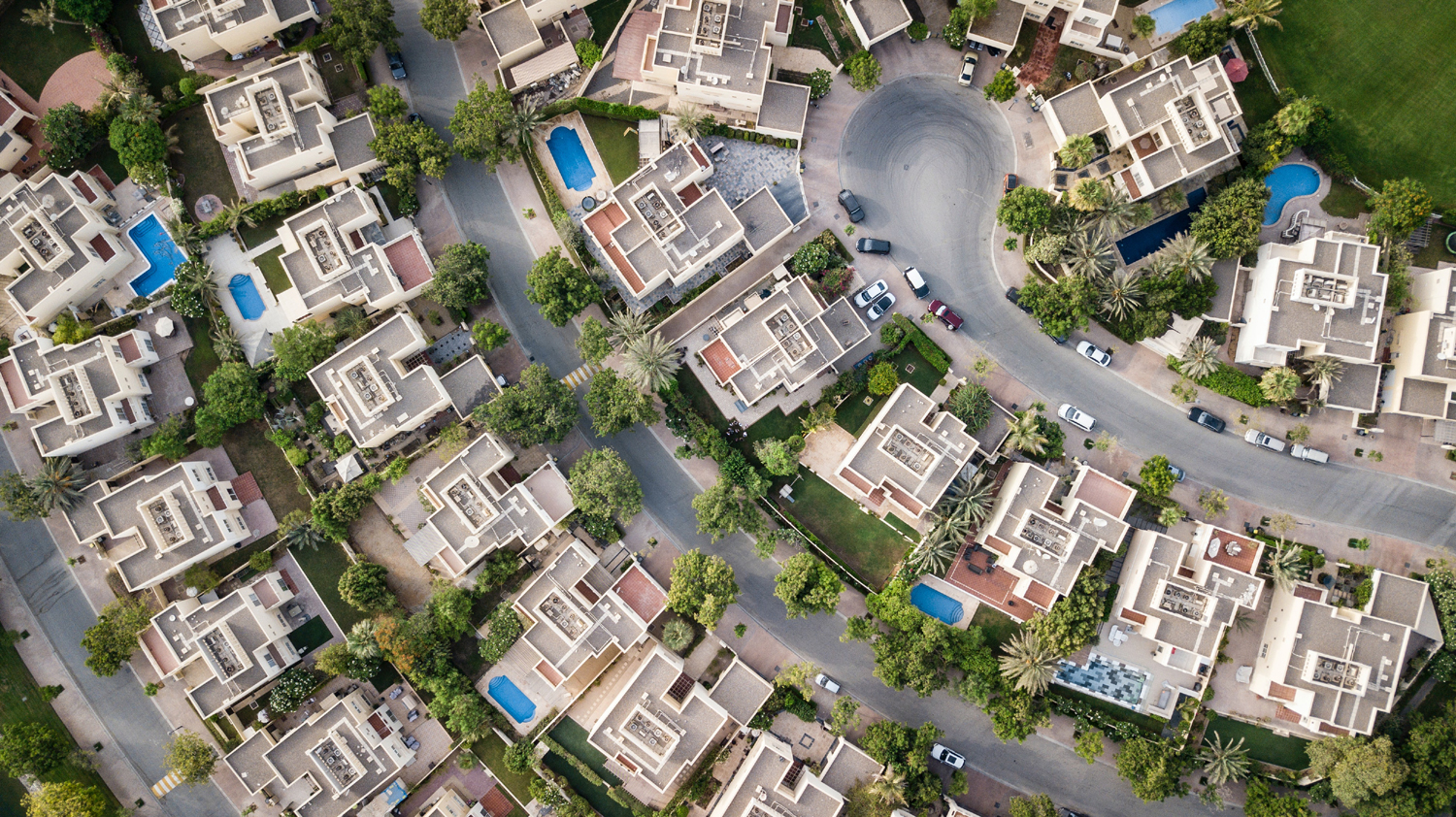Architect
Architectural Design Process
How to architecture:
Integrating plants and trees into the architectural design process of the building itself offers numerous benefits. These green spaces not only provide environmental advantages, such as absorbing carbon dioxide and reducing urban heat islands, but they also enhance the overall aesthetic of the building and create a more pleasant and inviting environment for the people who use it

Architects use passive design as another critical strategy to create sustainable buildings. This approach emphasizes natural light, proper insulation, and ventilation to reduce energy consumption and create a comfortable living or working environment. Architects can design buildings with large windows or skylights to take advantage of natural light or incorporate shading devices to reduce solar heat gain.
In addition to these design strategies, architects also use advanced building technologies and computer modeling tools to improve the energy efficiency of their buildings. They utilize energy simulation software to predict a building’s energy consumption and identify ways to reduce it. They also incorporate intelligent building systems, such as building automation systems, which allow for real-time monitoring and control of a building’s energy use.
These strategies and techniques demonstrate how architects increasingly consider sustainability in the architectural design process. They examine all aspects of the design process, from the materials and technologies used to how a building is oriented and interacts with its surroundings. The result is a new generation of buildings that look great and positively impact the environment and the people who use them.
However, it’s important to note that sustainable design involves not only the building but also how people use and maintain it. It encompasses the behavior and habits of the people using it and how the facility operates. Therefore, architects must adopt a holistic and integrated approach to sustainability to fully achieve the goal of reducing the environmental impact of buildings.
Overall, contemporary architecture moves towards a sustainable future. We can see this shift in the increasing number of green buildings, certifications and awards for sustainability, and the growing awareness among architects and designers about the importance of reducing the environmental impact of buildings. The challenge now lies in continuing to push the boundaries of what is possible to create structures that are genuinely sustainable and enhance the overall quality of life.

